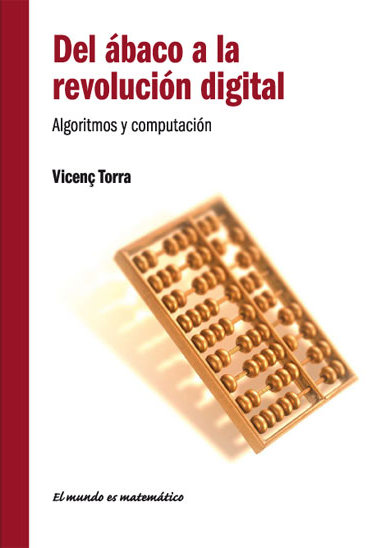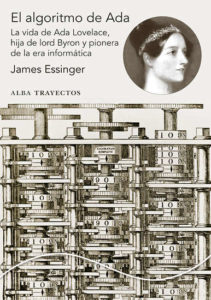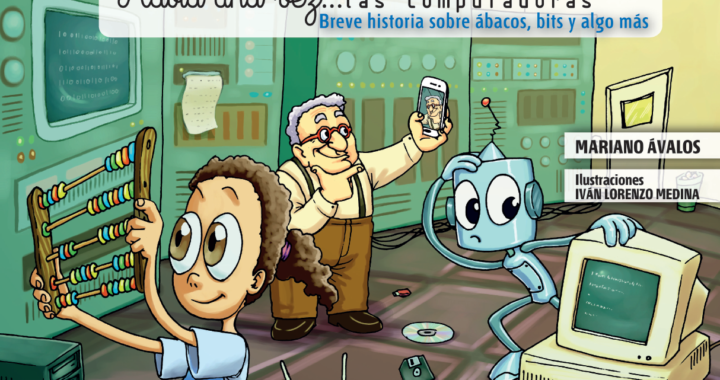Title: The Innovators. How a Group of Hackers, Geniuses, and Geeks Created the Digital Revolution
Author: Walter Isaacson
Publisher: DEBATE
ISBN: 9788499924663
Review: After his wonderful biography of Steve Jobs, Walter Isaacson tells in The Innovators the story of the people who invented the Computer and the Internet, it is a book bound to become the definite history of the digital revolution and an indispensable guide to understand all the process of innovation and who were its creators. It is the story of how their brains worked and why were they so creative, but it is also the story of how their capability to cooperate and to master the art of work together made them even more creative. In the era which promotes innovation, creativity and teamwork, The Innovators reflects how that happen.







